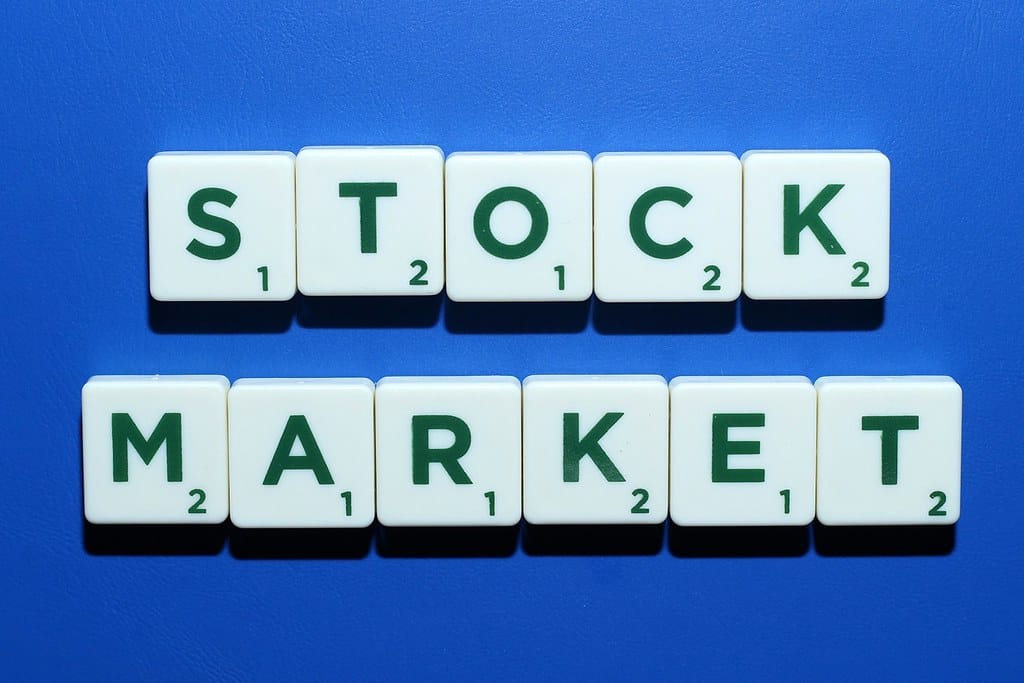Robinhood's Stunning 160% Rally: Growth Story or Dangerous Gamble?
Robinhood Markets has emerged as one of 2025's most explosive stock stories, with shares skyrocketing 160% year-to-date. The commission-free trading platform that democratized investing for millions of retail traders is experiencing a renaissance, but beneath the euphoric gains lurk significant challenges that could derail this remarkable run.
The Numbers Behind the Surge
Robinhood's stock price has climbed from approximately $15 at the start of 2025 to over $39, representing a gain that has outpaced most major technology stocks and the broader market indices. This surge has added billions to the company's market capitalization, vindicated early investors, and caught the attention of Wall Street analysts who had previously written off the platform as a pandemic-era fad.
The rally has been fueled by several key factors: a resurgence in retail trading activity, expanded cryptocurrency offerings, and improved user engagement metrics. Monthly active users have increased by 45% compared to the same period last year, while revenue per user has grown by 30%, signaling that the platform isn't just attracting more users—it's extracting more value from each one.
What's Driving the Momentum
Crypto Renaissance
Robinhood's aggressive push into cryptocurrency trading has proven prescient. With Bitcoin and Ethereum experiencing renewed institutional interest, the platform has capitalized on retail investors' appetite for digital assets. Cryptocurrency trading now accounts for nearly 40% of Robinhood's transaction-based revenue, up from just 20% two years ago.
The company's decision to offer crypto wallets and enable direct transfers has differentiated it from traditional brokerages, creating a stickier user experience that extends beyond simple buy-and-sell transactions.
Market Volatility Returns
After a relatively quiet period for retail trading, market volatility has returned with a vengeance. Political uncertainty, interest rate fluctuations, and sector rotations have created the perfect storm for active trading—Robinhood's bread and butter. Daily trading volumes on the platform have increased by 65% compared to 2024 averages.
Product Innovation
Robinhood has evolved beyond its original commission-free trading model. The introduction of retirement accounts, expanded options trading, and margin lending products has broadened its appeal to more sophisticated investors while maintaining its user-friendly interface that attracted millions of first-time traders.
Storm Clouds on the Horizon
Despite the impressive gains, several obstacles threaten to derail Robinhood's momentum.
Regulatory Headwinds
The company continues to face intense scrutiny from regulators. The Securities and Exchange Commission has indicated plans to implement stricter oversight of retail trading platforms, particularly around payment for order flow—a key revenue stream for Robinhood. Any regulatory changes could significantly impact the company's business model and profitability.
Competition Intensifies
Traditional brokerages like Charles Schwab and Fidelity have aggressively matched Robinhood's commission-free model while offering more comprehensive services. Meanwhile, fintech competitors like SoFi and newer entrants are vying for the same demographic with enhanced features and better customer service.
Economic Uncertainty
Robinhood's fortunes are closely tied to market activity and consumer discretionary spending. As inflation concerns persist and employment data shows mixed signals, retail investors may reduce their trading activity or withdraw funds entirely, directly impacting the platform's revenue streams.
The Path Forward
Robinhood's 160% gain reflects both genuine business improvements and speculative enthusiasm. The company has successfully diversified its revenue streams and expanded its user base, but its dependence on volatile trading volumes and regulatory uncertainty creates inherent risks.
Key Takeaways
For investors considering Robinhood stock, the current rally represents both opportunity and caution. The company has demonstrated resilience and adaptability, but its business model remains vulnerable to regulatory changes and economic downturns.
The platform's success in attracting and retaining users through market cycles will ultimately determine whether this 160% gain represents the beginning of a sustainable growth story or a speculative bubble waiting to burst. With trading volumes elevated and crypto markets showing renewed vigor, Robinhood appears well-positioned for continued near-term growth—but investors should remain vigilant about the substantial risks that could quickly reverse these impressive gains.
The coming quarters will be crucial in determining whether Robinhood can maintain its momentum or if this remarkable rally will become another cautionary tale in the volatile world of fintech investing.
